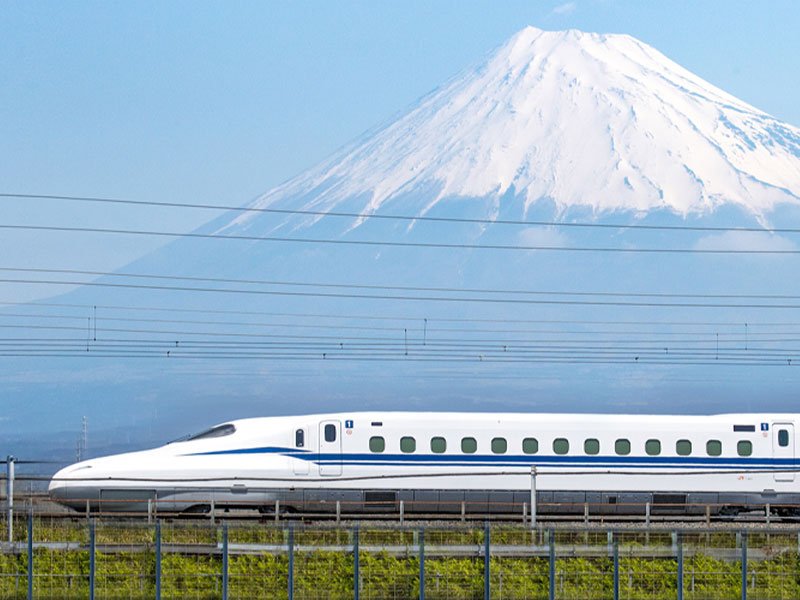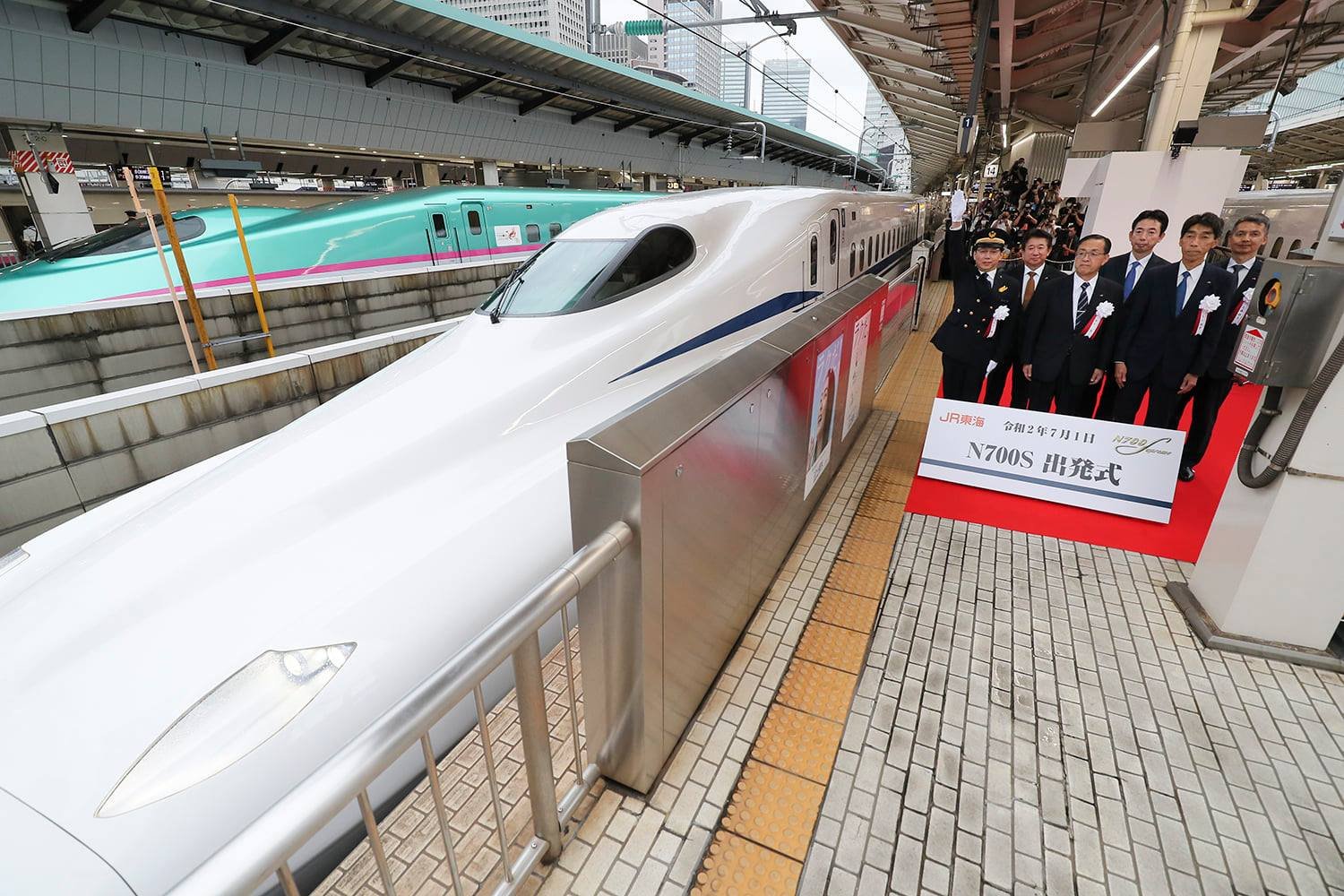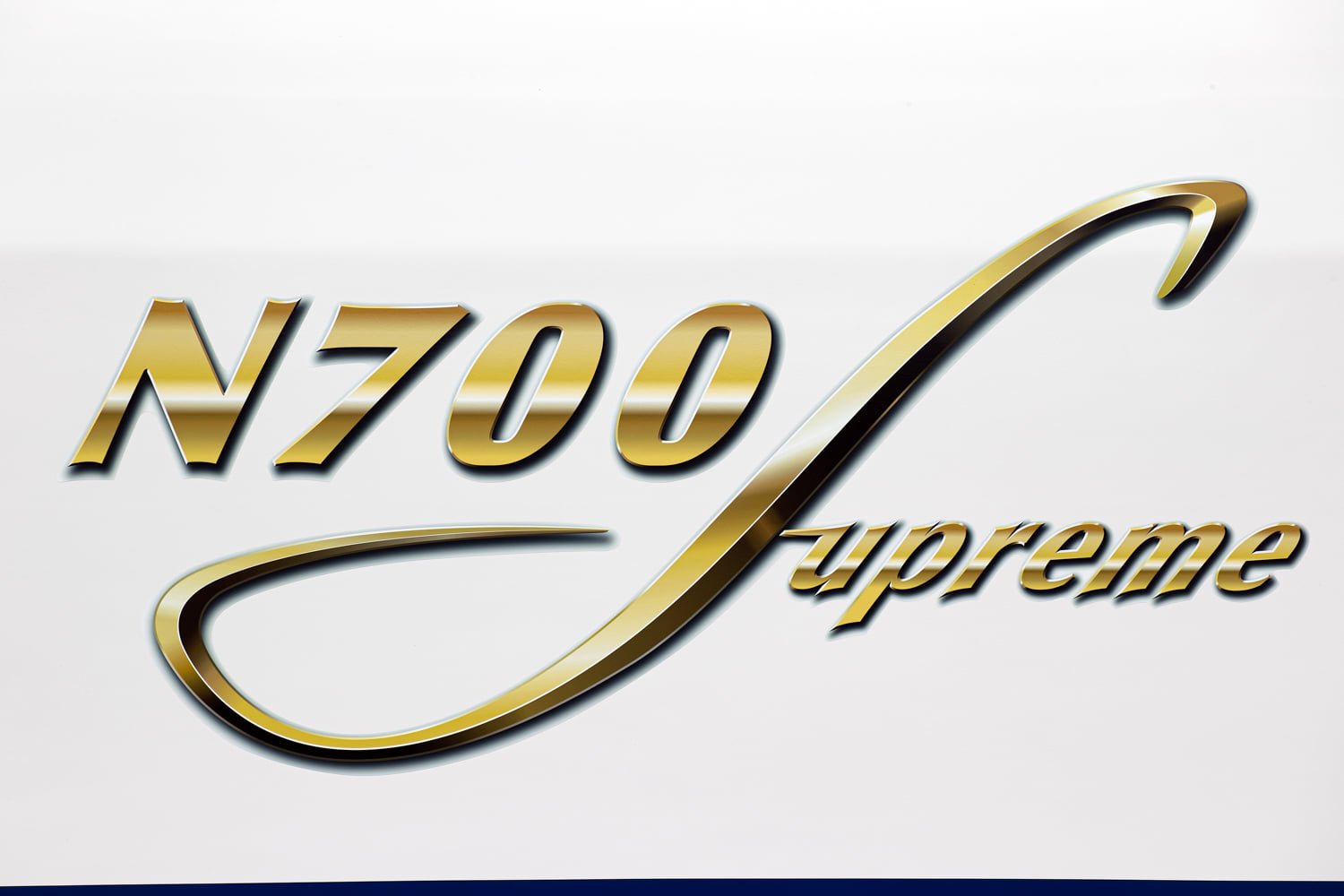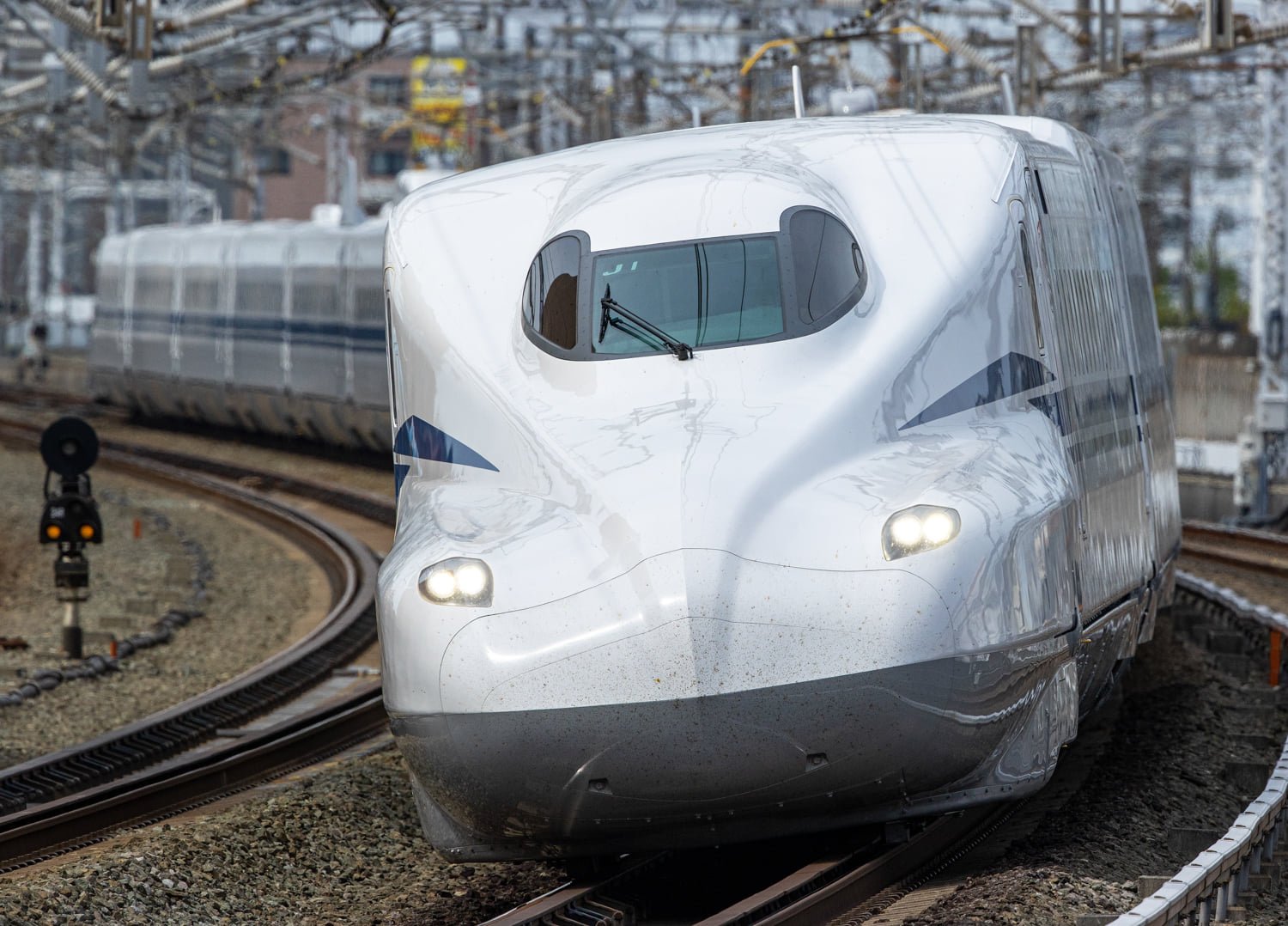
Since the opening of the Tokaido Shinkansen in 1964 as the world's first high-speed rail (HSR), the Shinkansen technology has continuously evolved. When the Tokaido Shinkansen started operation, travel time between Tokyo and Osaka, 500 km apart, took four hours. However, as a result of tireless effort and innovation in technology, it now only takes two and a half hours. Improvement not only lies in speed. The system’s environmental performance and passenger comfort have also enhanced dramatically. On July 1, 2020, the world's latest HSR, the"N700S” (“S” stands for “Supreme"), made its debut.


On July 1, the seventh new Tokaido Sanyo Shinkansen rolling stock "N700S" debuted. The exterior design seems to look the same as the current model. So what has changed??
Perhaps many are interested in whether there was an increase in speed or not. The maximum speed of the Tokaido-Sanyo Shinkansen will remain maximum 300 kph, however this is not the limit of the N700S. The N700S is capable of running at 360 kph when operated on a straight line route, unlike on the Tokaido-Sanyo route where there are many curves.
Consideration for the environment is also an important issue. Environmental problems such as global warming have been in serious discussion for a long time. The Shinkansen is an environmentally friendly choice. It can carry large number of passengers at a high- speed with extremely low CO2 emissions per seat; one-twelfth of that of an airplane. The N700S has adopted the cutting-edge technology of “Dual Supreme Wing” in the front car reducing running resistance. A reduction in car weight led to improving energy efficiency.
From the passenger's point of view, comfort is a big concern. In addition to installing individual power outlet in every seat, and a free on-board WI-FI service, improvements were made to seats allowing passengers to recline further and offering more comfort. You might want to be careful not to sleep through your destination.
The ability to deal with natural disasters and other unusual situations is essential for HSR passengers to ride safely. The N700S has installed a lithium-ion battery self-propulsion system; the first of its kind in the world. This system allows the train to run even during a power failure. For example, the train can continue operation during blackouts caused by natural disasters such as earthquakes and typhoons. The train can move to a safer location rather than staying inside tunnels or on bridges, ensuring passenger safety.
Security measures in the car are also strengthened. The number of surveillance cameras in each car was increased from the current two to four or six. Security guards and crew can respond to the sight of an emergency by using the surveillance cameras.
Final point. An epoch feature of N700S is the realization of "standarddesigned rolling stock" that can flexibly change the number of cars by optimizing the arrangement through the miniaturization and weight reduction of underfloor equipment. In the case of the Tokaido Sanyo Shinkansen, a configuration of 16 cars is the standard designed rolling stock. However, with the N700S, it is possible to operate with a minimum of four cars, enabling flexible customization of the trainset to suit the local demand. The US Texas_HSR_Project, which is a project to connect Dallas to Houston by Shinkansen, is considering a configuration of eight-cars. Standard designed rolling stock will allow meeting various demand around the world.
The "Supreme" Shinkansen has become capable of providing unprecedented quality of riding comfort and even more comfortable space, as well as flexibly responding to the world's demand. Let's all get on board!
